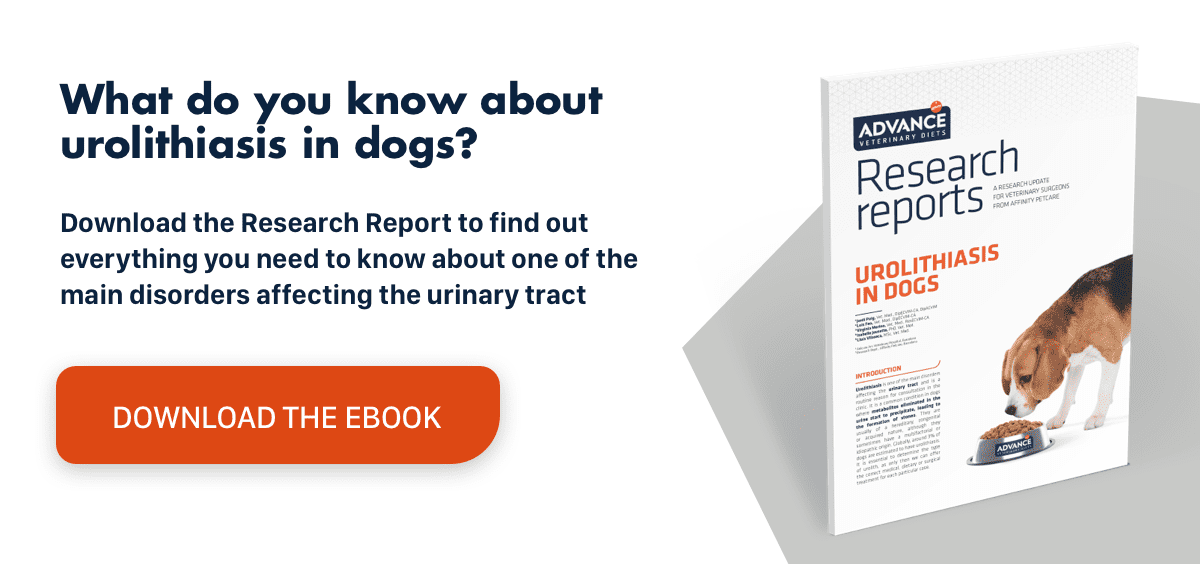Doxycycline use and antibiotic resistance
Introduction to doxycycline
Doxycycline is usually administered orally, although other parenteral routes have been described.
Although doxycycline is considered a highly versatile and safe antibiotic, it is also known to produce a wide range of adverse reactions, as it can interact with several different drugs, thus it is a prescription-only drug to prevent owners from self-medicating.
Antibiotic resistance: a growing problem
The development of antibiotic resistance is currently considered one of the greatest public health threats and requires out attention. The phenomenon is responsible for over 2,500 deaths a year in Spain alone.1
Antibiotic resistance is when a microorganism acquires the ability to withstand the effects of an antibiotic. It is a potentially serious situation because the antibiotics lose their efficacy and, furthermore, it can lead to the development of multidrug-resistant pathogens. The current context arises from the excessive use of broad-spectrum antibiotics, misdiagnoses, unnecessary prescriptions and the incorrect use of antibiotics (for information on how to fight antibiotic resistance, see this article by The economist).1,2
Ever-increasing resistance to antibiotics and failure to develop new antibiotic agents, especially for Gram-negative microorganisms, has led healthcare facilities to promote recommendations on the rational use of antimicrobials. Considering the relationship between antibiotic consumption and the emergence of resistance, recommendations for the rational use of certain antibiotics deemed key to current antibiotic therapy are particularly relevant.1 These recommendations include, amongst others:2
- Antibiotics should only be used for prophylaxis in patients with clinical signs.
- The presence of disease must be confirmed.
- A culture and antibiogram must be performed.
- Antibiotics should always be administered at the indicated dose and duration.
What is more, the use of antimicrobials in both human and veterinary medicine has generated two-way transmission routes for microorganisms and resistances that can only be fully understand when assessed from an overall perspective.1
Optimise the immune response
A competent immune system is a key factor in preventing infections. Accordingly, the ADVANCE diet is based on formulas that provide superior nutrition because their high bioavailability helps animals absorb the maximum benefit from their food while also generating fewer residues. Advance diets include ideal, highly digestible protein, which increases its bioavailability. Additionally, Advance’s new manufacturing process designed around enzymatic hydrolysis cleaves the meat proteins into peptides and amino acids, which are digested and absorbed more quickly and efficiently. Studies indicate that feeds containing chelated trace minerals can optimise the animal’s immune response and improve their general health, reducing future treatment requirements.
